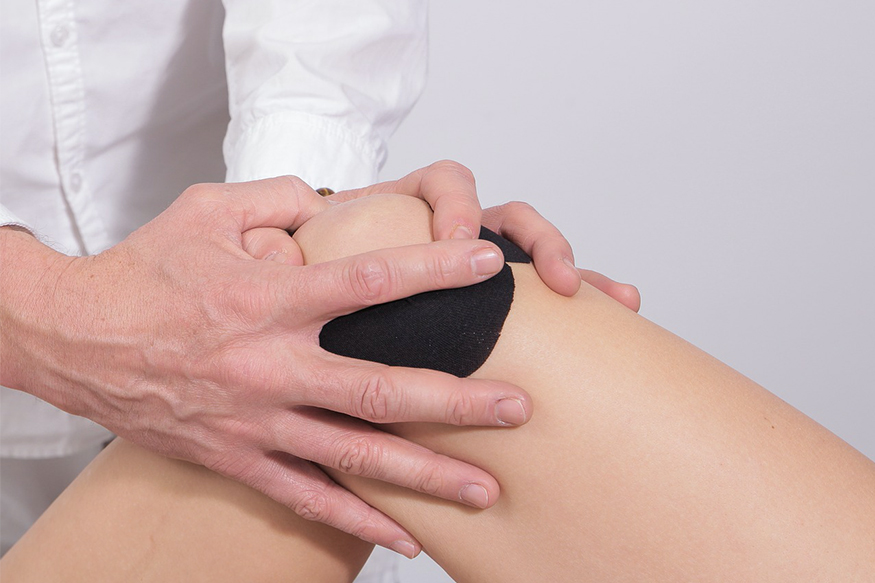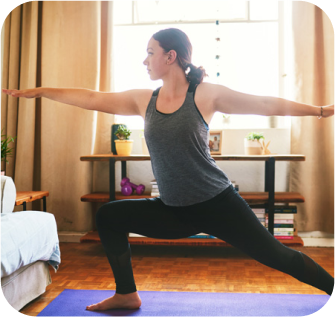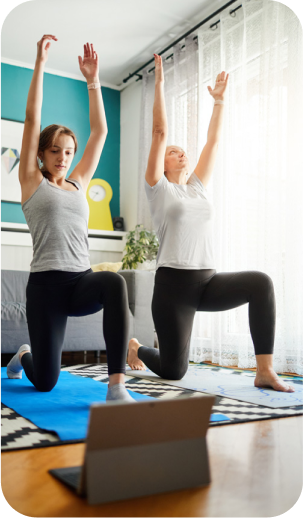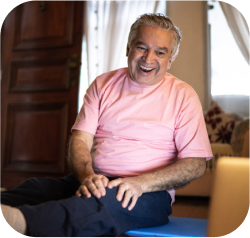Goal attainment scaling (GAS) is a becoming increasingly popular technique for evaluating the functional goals of patient throughout the rehabilitation and physical therapy process. The benefit of this is that it puts the patient's individual goals at the forefront of the rehabilitation and progress is monitored relative to the set patient goal.
Knee replacement, also called knee arthroplasty or total knee arthroplasty (TKA) , is a common surgical procedure that replaces that articular surface of the knee with metal or plastic. TKA aims to improve the quality of life of individuals with end-stage arthritis by reducing pain and increasing function. The number of TKA surgeries has increased dramatically over the years and the use of total knee arthroplasty in patients under the age of 65 is increasing. Younger patients typically have high expectations from reconstructive knee surgery including the rapid return to work and the ability to perform challenging leisure-time activities. As a result, orthopaedic surgeons have a major challenge as it is known that unmet expectations are the leading cause of dissatisfaction after knee arthroplasty (KA). Indeed, it has been shown that up to 1/3 of patients never return to work after KA. Therefore, relatively younger, active patients who undergo KA due to osteoarthritis are more likely to be dissatisfied with the results.
The use of postoperative rehabilitation, in particular physical therapy, after KA is generally accepted although there is controversy regarding the most advantageous protocol. Because younger patients have a wide variety of activity goals and expectations uniform rehabilitation approaches are probably not ideal. Recently, an instrument known as Goal Attainment Scaling has been introduced. GAS was developed as a method to measure the extent to which a patient’s individual goals are achieved during an intervention. In fact, GAS could prove to be a more useful measurement compared with standard patient reported outcome measures (PROMs) which have recognized ceiling effects and a weak correlation with patient satisfaction. Accordingly this approach resulted in high patient satisfaction in several rehabilitation settings. However, to our knowledge GAS has never been used to guide rehabilitation after KA.
To address this gap in our knowledge we investigated the effect of GAS-based rehabilitation following KA in younger active patients. We hypothesized that compared with traditional rehabilitation after KA, GAS-based personalized goal-directed rehabilitation leads to greater satisfaction and enhanced performance of post-operative activities.
A single-center randomized, controlled trial was performed. Eligible patients were less than or equal to 65 years of age, working outside the home, and scheduled to undergo unicompartmental or total knee arthroplasty. The pre-determined sample size was 120 patients. Using preoperative GAS, and working with a physical therapist, patients’ developed personal activity goals. These goals were used to monitor patients’ goal attainment and provide specific feedback during postoperative outpatient rehabilitation. The primary outcome measures were visual analog (VAS) scores for satisfaction regarding activities of daily living and work and leisure time activities one year postoperatively. These were analyzed using general generalized estimating equation models.
The results showed that patient satisfaction with work activities was significantly higher in the GAS group compared with controls. Patient satisfaction with activities of daily living as well as leisure time activities did not differ between groups. No differences in VAS satisfaction scores between unicompartmental knee arthroplasty and total knee arthroplasty were found.
The hypothesis of this randomized, controlled trial was that compared with usual-care rehabilitation goal attainment scaling (GAS)-based, personalized, goal-directed rehabilitation would lead to greater satisfaction with postoperative activities. The increasing number of younger patients considering KA emphsizes the need for more patient-tailored approaches to rehabilitation. GAS’s personalized goal-oriented approach appears to be ideal for the increasingly heterogeneous KA population. These results may encourage future studies and use of GAS in challenging patient populations such as patients with jobs that place heavy demands on the knee. Tools to facilitate the use of GAS in daily rehabilitation practice are being developed.
In conclusion, personalized goal-specific rehabilitation using GAS resulted in higher patient satisfaction with work activities compared with standard rehabilitation one year after the operation.
Reference:
Hoorntje et al.: J. Bone Joint Surg.,102:1445-1453, 2020.





